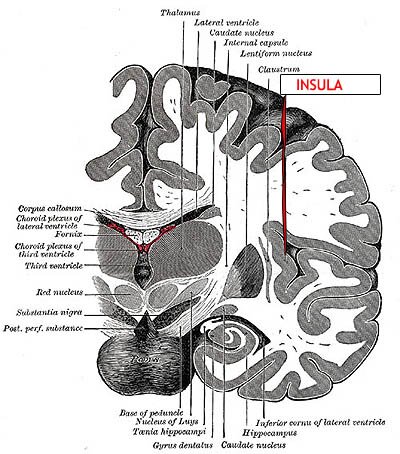
EULAR Reports Link High Glutamate to Fibromyalgia Pain
July 09, 2009COPENHAGEN, Denmark—Glutamate, the major excitatory neurotransmitter in the central nervous system (CNS) is abnormal in fibromyalgia (FM) patients in brain areas that mediate pain perception and emotional processing, according to data reported at the 2009 EULAR meeting.1,2
{}Richard E. Harris, PhD, of the University of Michigan's Chronic Pain and Fatigue Research Program (Ann Arbor, MI) reported that FM patients have significantly elevated glutamate and glutamate/glutamine levels in the right posterior insula, compared with non-FM controls. Dr. Harris also found that higher levels of glutamate and glutamine were associated with lower pain thresholds both in FM patients and in non-FM controls.
“The elevated levels of glutamate were associated with pain sensitivity. The higher a participant's glutamate levels were, the more tender they were to pressure pain,” Dr. Harris told Musculoskeletal Report.
Dr. Harris said that since functional magnetic resonance imaging (fMRI) studies implicate the insula as a region of heightened neuronal activity in FM, and since glutamate is a major cortical excitatory neurotransmitter that functions in pain neurotransmission, his group suspected that increased levels of insular glutamate might be present in FM patients and might correlate with reported pain. They used proton magnetic resonance spectroscopy (H-MRS) to examine the right anterior and right posterior insula at rest in 19 FM patients and 14 age- and sex-matched pain free controls, who also underwent pressure pain testing.
 The FM patients had significantly higher levels of glutamate and combined glutamate and glutamine within the right posterior insula as compared to controls, but there were no differences in any of the other major metabolites within this region. In both groups, within the right posterior insula, higher levels of glutamate and glutamine were associated with lower pressure pain thresholds across both groups.
The FM patients had significantly higher levels of glutamate and combined glutamate and glutamine within the right posterior insula as compared to controls, but there were no differences in any of the other major metabolites within this region. In both groups, within the right posterior insula, higher levels of glutamate and glutamine were associated with lower pressure pain thresholds across both groups.
Dr. Harris concluded, “Enhanced glutamatergic neurotransmission resulting from higher concentrations of glutamate within the posterior insula may play a role in the pathophysiology of FM and other central pain augmentation syndromes.”
In a related study, Antonio Collado, MD, PhD, and colleagues from the Fibromyalgia Unit at the ICEMEQ Rheumatology Service in Barcelona, Spain, found higher levels of glutamate compounds in the right amygdala and a higher glutamine-glutamate/creatine ratio in the left thalamus of FM patients compared with controls.
“The higher glutamate levels in the left thalamus of patients were related to fatigue and pain intensity. Also, in FM patients with more pain and fatigue inositol levels were significantly higher in the right amygdala,” Dr. Collado reported. Insitol levels in the left amygdala correlated with time of pain evolution.
“The distinctive metabolic features found in the right amygdala and left thalamus of FM patients suggest the possible existence of a neural dysfunction in emotional processing, this being a prolongation of the dysfunction in pain processing previously proposed by some authors,” Dr. Collado said.
Dr. Harris commented that the Collado data suggest “that the dysfunctional levels of glutamate may extend to other regions of the brain that are involved in the affective dimension of pain (i.e. the amygdala) and may represent a more generalized pathology. Multiple brain regions seem to display high glutamate levels so the underlying processes may be more widespread than we had previously thought,” he said.
References
1. Harris RE. Glutamate levels in the insula and pain perception in fibromyalgia, Presented at the 2009 EULAR meeting, Copenhagen, June 11, 2009. Presentation no. SP0077.
2. Collado A, Valdes M, Bargallo N, et al. Increased glutamate compounds in the brain of patients with fibromyalgia: a MR spectroscopy study. Presented at the 2009 EULAR meeting, Copenhagen, June 11, 2009. Presentation no. OP-0142.